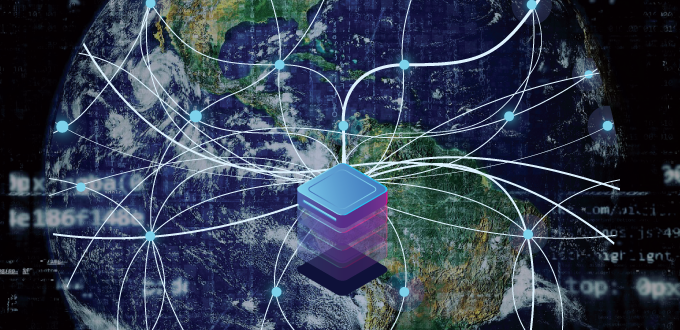New BGP Collector in the LACNIC Region
28/08/2019

LACNIC has started to collaborate with the RIPE Information Service (RIPE RIS) to obtain a better understanding of the status of global BGP Internet routes.
A RIPE RIS data-collector node has been added in Montevideo: Node RRC24. Together with the existing collector in São Paulo, these are the only two collectors in Latin America. The idea is for Internet organizations across the region to provide data and information on what is going on with the routing tables at the regional level in order to create a comprehensive overview of the situation.
Guillermo Cicileo, Head of Internet Infrastructure Research and Development at LACNIC, invited operators across the region to establish peering sessions with the new node in Montevideo to collaborate with this project.
“We are inviting operators to establish multihop BGP sessions with the collector in Montevideo and to send their BGP tables. This configuration does not affect the organization’s routing, as it simply involves exporting the routing tables to a server where the data is processed without interfering with the routing process,” Cicileo observed.
Currently, the RIPE RIS service covers mostly Europe and the United States, which means that the contribution of the collectors located in Montevideo and São Paulo – with information from Latin America and the Caribbean – will allow us to have a more global idea of BGP routing.
“It is important to have information from different points on the network, as the global BGP table is not exactly the same when viewed from different places,” Cicileo said.
According to the expert, the information provided by the collectors in the LACNIC service region will be publicly available, and it is expected that it will be very useful for understanding the region’s routing status and contribute to the stability of the global routing system. It will also allow analyzing what is going on in our region, as multiple tools that are already available as part of the RIPE RIS project will also be accessible.
Among other details, this will allow viewing whether the prefixes announced by an operator are working properly. In addition, the RIPE RIS service is one of the references used when analyzing incidents or details that have affected the global routing tables. It is also used to view the “coverage radius” of an organization’s announcements, as it allows seeing their visibility from each of the collectors distributed worldwide. “The service is also commonly used to detect route leaks or hijacks, since it provides a history of BGP announcements,” Cicileo observed. “We hope that the integration of regional BGP routing data will allow us to obtain more information on what is going on with the Internet in each of our countries,” he concluded.
For more information on the peering policy and how to set up a BGP session with this collector, please go to the following link.
If you have any questions, please address them to: tecnologia@lacnic.net
(Free access, no subscription required)